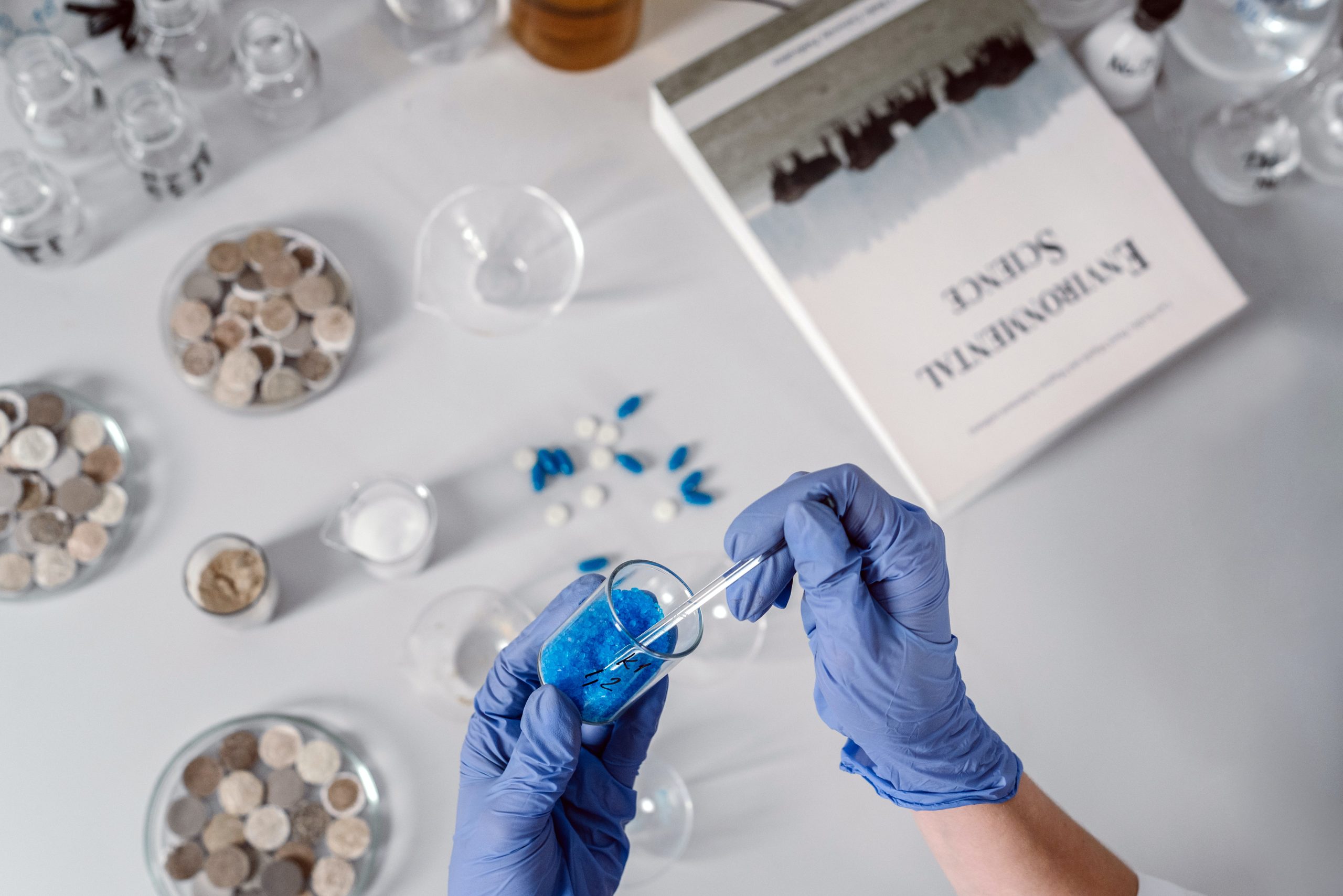Are We Still Talking About Genotype Compatibility Before Marriage?

A creative writer with a voracious appetite for fashion, beauty,…
O
ur genes are like a set of instructions for our bodies that can impact our health and even the health of our future kids. This is public knowledge, but it seems like we, the woke generation, are starting to push this vital factor aside. Once upon a time, people took this seriously before tying the knot, especially considering the aftermath that our “passionate decisions” can have on the next generation. Now more than ever, we should rekindle this preventive measure of testing genotype before marriage so as not to affect the lives of our future kids.
What is genotype?
Genotype is the set of genes you inherit from your parents which carries the instructions for your biological traits and can influence your health and characteristics. Your genotype can impact your health because it contains information about your genetic makeup. Some genes in your genotype may increase your risk for certain health conditions, while others may provide protection.
The importance of testing genotype before marriage

The following are some of the reasons why it’s important to undergo genotype testing before marriage:
- Health insights: Knowing your genotype can give you a heads-up about any genetic conditions you might carry. This information can help you take preventive measures or make informed choices.
- Family planning: If both partners are carriers of certain genetic conditions, it could impact their children. So, by checking genotypes, couples can make well-informed decisions about having kids and explore options like genetic counseling.
- Emotional and financial preparedness: Understanding potential genetic risks can prepare couples emotionally and financially for any challenges that might arise.
- Modern medical advances: With advances in medical science, some genetic conditions can be managed or even prevented. Knowing your genotype can be a step in the right direction.
The case of sickle cell anemia

Sickle cell anemia is a blood condition that occurs due to a person’s genes. Since genes are like the blueprints that our bodies follow to build and operate everything, including our blood, sometimes, a tiny change in these blueprints can lead to big consequences. In this case, it’s a change in the gene responsible for making a protein called hemoglobin. Hemoglobin is crucial because it helps our red blood cells carry oxygen from our lungs to the rest of our body. Normally, red blood cells are round and flexible, which allows them to move smoothly through our blood vessels. However, in people with sickle cell anemia, the gene change causes hemoglobin to behave differently.
This new hemoglobin makes the red blood cells stiff and takes on a strange, crescent or sickle-like shape. These misshapen cells can’t flow through the blood vessels as easily as normal ones. Thus, they get stuck and clog things up, and can cause various problems including pain, tiredness, and sometimes damage to organs and tissues. These episodes are often called “sickle cell crises.” They can be tough to deal with, and they happen because of those ill-shaped blood cells.
Sickle cell anemia is primarily caused by inheriting specific genes from parents. It’s an autosomal recessive genetic disorder, which means it occurs when a person inherits two copies of the altered gene – one from each parent. When both parents carry one copy of the altered gene (referred to as carriers or having the sickle cell trait), there’s a 25% chance their child will inherit two copies of the altered gene, resulting in sickle cell anemia. However, there’s a 50% chance the child will be a carrier like the parents (having the sickle cell trait), and a 25% chance the child will have two normal copies of the gene. These stats are enough reasons to take genotype testing before marriage seriously.
Other genotype-related illnesses

Beyond sickle cell amenia, here are some other genotype-related illnesses:
- Cystic Fibrosis: This is caused by inheriting two altered CFTR genes (Cystic Fibrosis Transmembrane Conductance Regulator) — one from each parent. These genes affect the body’s ability to transport salt and water, leading to thick, sticky mucus in the lungs and digestive system. This can lead to respiratory and digestive problems.
- Tay–Sachs Disease: Tay-Sachs is caused by inheriting two altered HEXA genes (Hexosaminidase A) – one from each parent. These altered genes prevent the body from breaking down a fatty substance called GM2 ganglioside. As a result, GM2 ganglioside accumulates in nerve cells, leading to damage and the symptoms of Tay-Sachs disease, which primarily affects the nervous system.
- Thalassemia: This occurs when a person inherits two altered genes for hemoglobin — one from each parent. These altered genes lead to reduced or absent production of normal hemoglobin, resulting in anemia and other complications.
- Hemophilia: This is an X-linked genetic disorder, meaning it primarily affects males. It occurs when there’s a mutation in genes responsible for making blood-clotting factors, particularly factors VIII or IX. Without these factors, the blood doesn’t clot properly, which can lead to prolonged bleeding after injuries.
So you see that testing your genotype before marriage isn’t an old-school concept. That little decision can go a long way in safeguarding not only your health and sanity but also the health of the next generation.
Featured image: Polina Tankilevitch/Pexels
For the latest in fashion, lifestyle, and culture, follow us on Instagram @StyleRave_
All rights reserved. This material, and other digital content on this website, may not be reproduced, published, broadcasted, cached, rewritten, or redistributed in whole or in part without prior express written permission from STYLE RAVE. Use of and/or registration on any portion of this site constitutes acceptance of our Terms & Conditions and Privacy Policy.
A creative writer with a voracious appetite for fashion, beauty, lifestyle and culture. As one who's passionate about the advancement of the woman, creating content that inspire smart style and living, and positive lifestyle changes is a calling I take seriously. At Style Rave, we aim to inspire our readers by providing engaging content to not just entertain but to inform and empower you as you ASPIRE to become more stylish, live smarter and be healthier. Follow us on Instagram @StyleRave_ ♥



